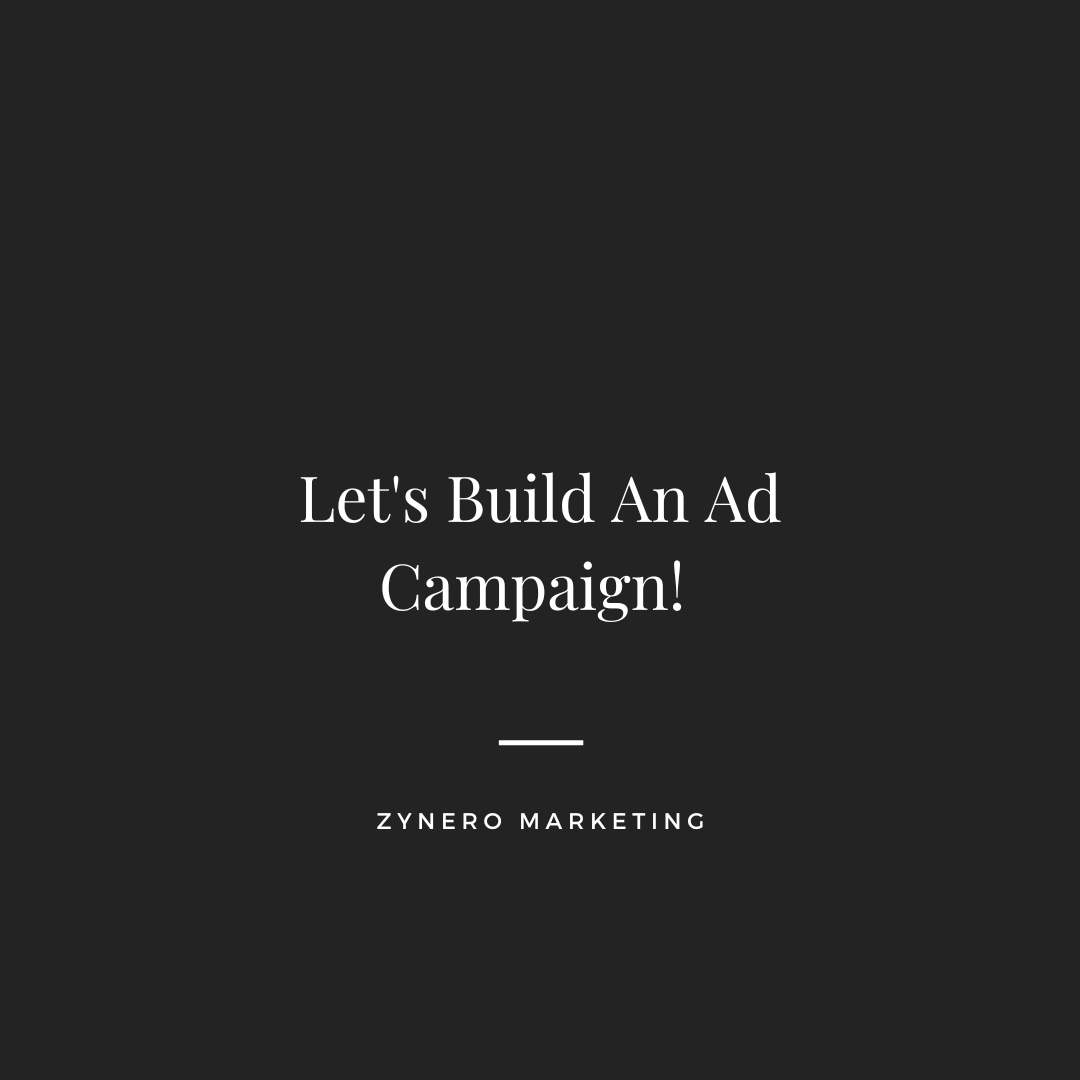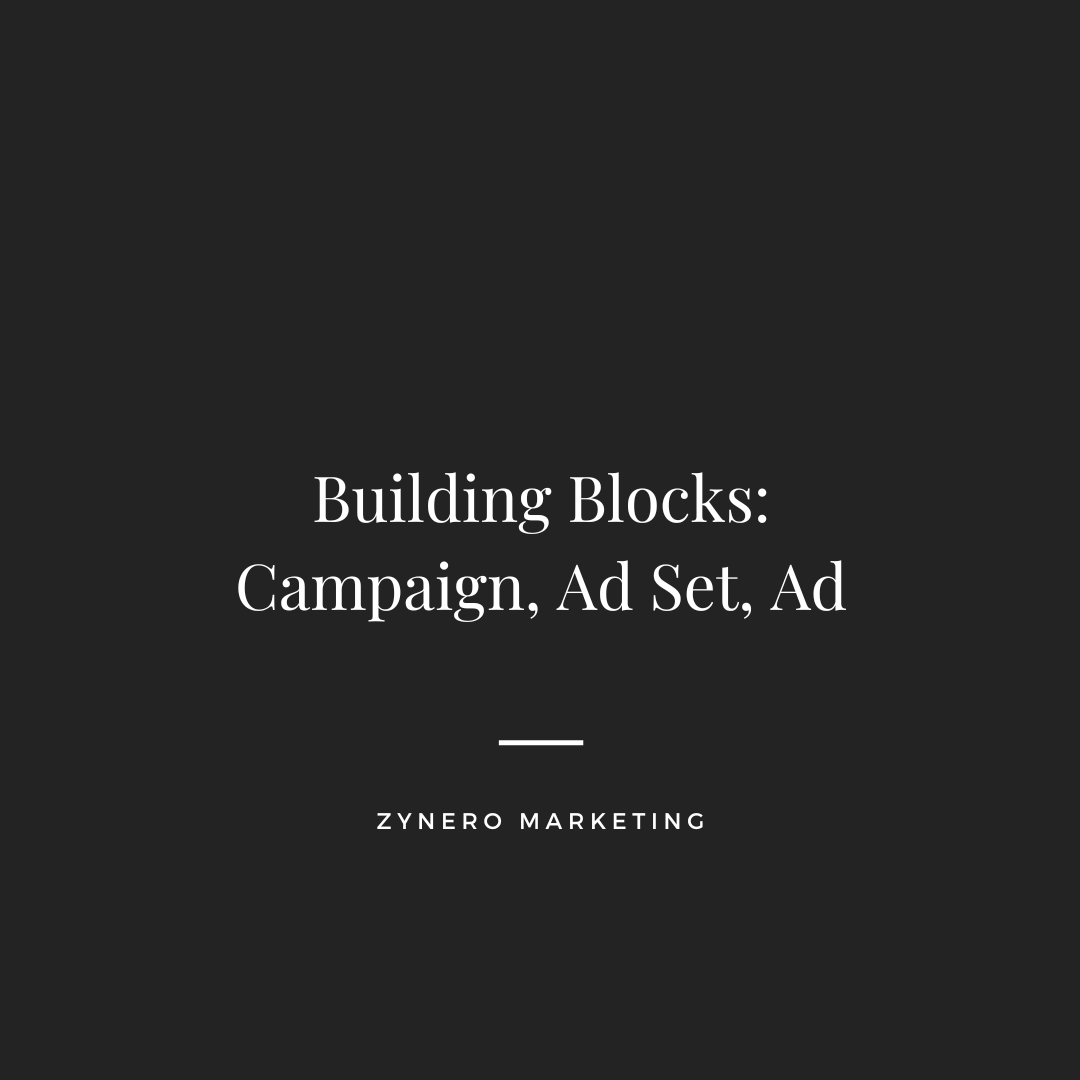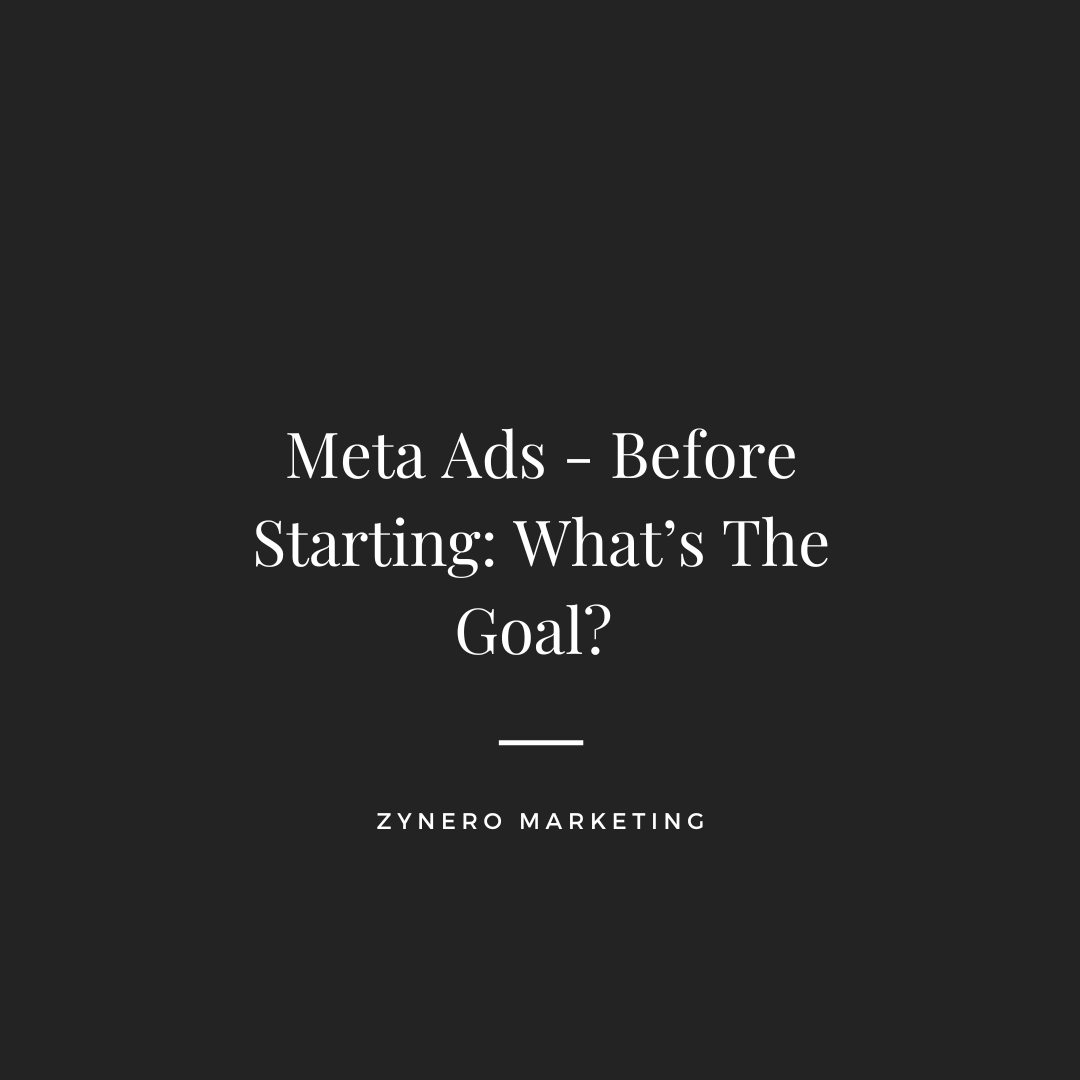Defining the primary goal of an ad campaign is the most critical initial step. This objective selection functions like setting a destination in a navigation app; without a clear goal, efforts can be misdirected. The chosen objective informs Meta's algorithms—its sophisticated computer systems—about the desired outcome. The platform then endeavors to display the ad to users most likely to help achieve that specific goal. Each campaign can only have one objective. To simplify this process, Meta has consolidated its campaign objectives from eleven down to six primary options.
These six main objectives are:
- Awareness:
- Purpose: To show an ad to the maximum number of people possible within the target audience, familiarizing them with a brand, product, or idea. This is akin to a broad introduction.
- Suitable for: Launching new ventures, increasing brand visibility, or promoting local events. Meta's system will optimize for maximum reach.
- Traffic:
- Purpose: To encourage users to click on an ad and visit a specific online destination, such as a website, blog, YouTube channel, or app store page.
- Suitable for: Driving visitors to an e-commerce site, increasing readership of an article, or directing users to a sign-up page. Meta will seek out users who frequently click on links.
- Engagement:
- Purpose: To motivate users to interact directly with an ad by liking, sharing, commenting, watching a video, or responding to an event invitation.
- Suitable for: Building an online community, gathering feedback, enhancing post visibility, or generating excitement for an event. Meta targets users known for active engagement like liking and commenting.
- Leads:
- Purpose: To collect contact information (e.g., email addresses, phone numbers) from individuals interested in an offering.
- Suitable for: Acquiring newsletter subscribers, identifying potential customers for a service, or registering attendees for a webinar. Meta offers "Instant Forms" that allow users to submit their information without leaving the Facebook or Instagram platform.
- App Promotion:
- Purpose: To drive downloads of a mobile application or, for existing users, to encourage more frequent use of the app.
- Suitable for: Increasing installations for a new game or utility app, or prompting users to explore new features within an app.
- Sales:
- Purpose: To directly facilitate the purchase of products or services through the ad.
- Suitable for: Selling items from an online store, promoting special offers, or launching new product lines. Meta's algorithm will aim to find users who are most likely to make a purchase.
The selection of a campaign objective is a fundamental instruction to Meta's AI. It's not merely a descriptive label but a directive that shapes how the ad is delivered and optimized. If an advertiser chooses "Traffic" but their underlying goal is "Sales," Meta will optimize for clicks, which may not necessarily translate into purchases, potentially leading to inefficient ad spend. This highlights that the AI operates based on the explicit instructions provided through the objective.
Meta's decision to reduce the number of objectives from eleven to six signifies a move towards simplifying the ad creation process and likely enhancing the effectiveness of its AI-driven optimization. This streamlining makes the platform less daunting for new advertisers and allows the AI to work with fewer, more clearly defined parameters. For those learning about Meta Ads, this means the system is becoming more accessible, but it also implies a greater reliance on Meta's AI to interpret and execute campaign goals.
The available objectives often correspond to different stages of a potential customer's journey, from initial awareness to the point of purchase. "Awareness" campaigns typically address the top of this "funnel" by introducing a brand or product. "Traffic" and "Engagement" objectives often serve the middle-funnel, encouraging consideration and interaction. "Leads" and "Sales" objectives are focused on the bottom-funnel, aiming for conversion or direct purchase. Understanding this underlying structure can help advertisers plan how different campaigns might work in concert, perhaps starting with an Awareness campaign and then retargeting engaged users with a Sales-focused ad.


